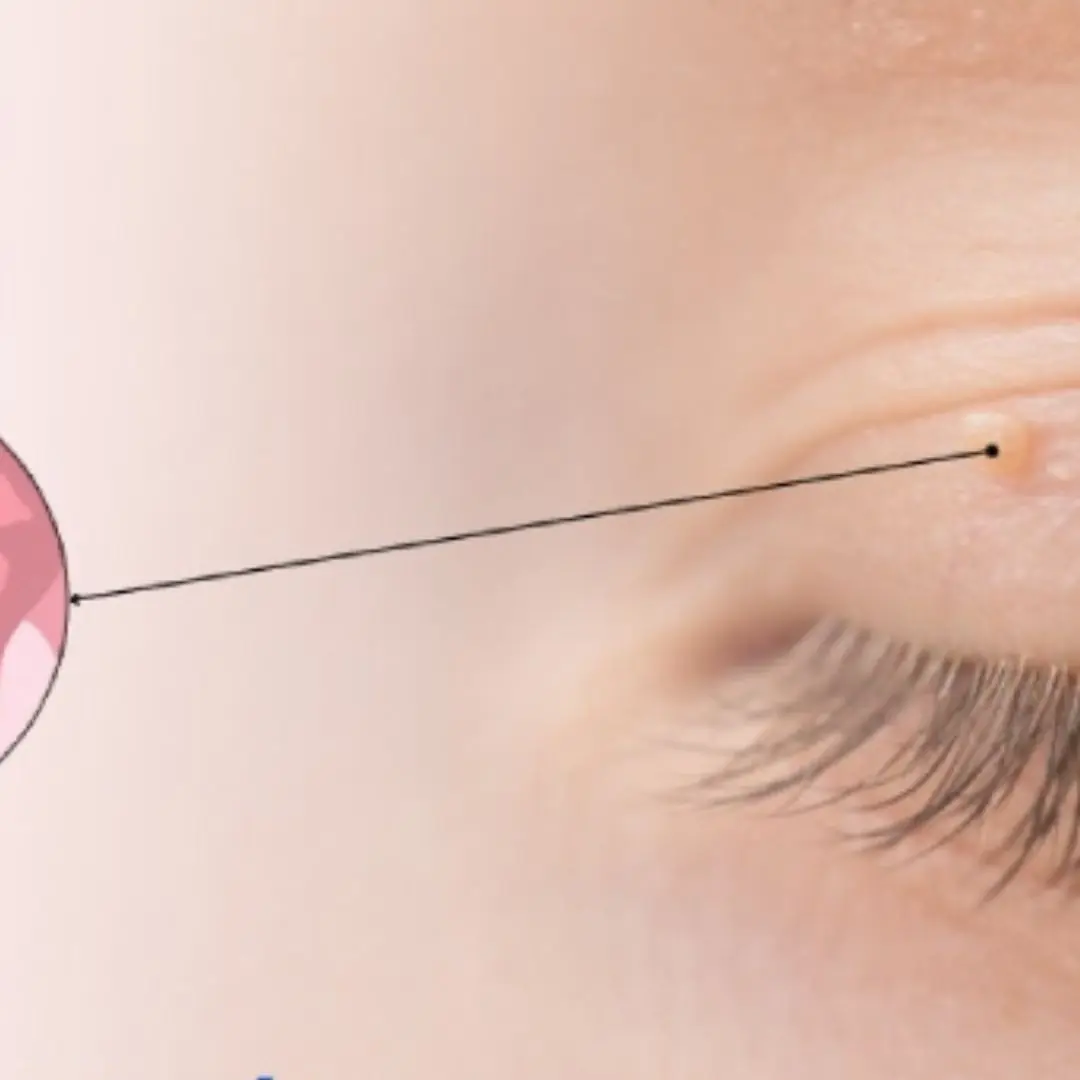
Doctors Warn of Alarming Health Risks of Sleeping with a Fan On During Hot Weather
As temperatures soar during the summer months, many people turn to electric fans for relief at night. While fans offer a quick and affordable way to stay cool, doctors are now warning that sleeping with a fan on — especially for extended periods — may come with hidden health risks.
1. Dryness of Skin, Eyes, and Nasal Passages
Fans constantly circulate air, which can lead to dehydration of the skin, eyes, mouth, and sinuses. This is especially problematic for individuals with allergies or dry eye syndrome, as it can worsen symptoms overnight.
Health tip:
Place a bowl of water near the fan to add moisture to the air, or use a humidifier alongside the fan.
2. Increased Allergy and Asthma Symptoms
If you suffer from allergies, sleeping with a fan might aggravate your condition. Fans tend to blow dust, pollen, and other allergens around the room, which can trigger sneezing, coughing, or congestion — especially while sleeping.
Health tip:
Clean your fan blades regularly and use an air purifier in the bedroom.
3. Muscle Stiffness and Cramps
Direct exposure to cool air during the night can cause muscles to tense up. This is particularly true if the fan is pointed at one part of the body, like the neck or back, leading to stiffness or soreness the next morning.
Health tip:
Avoid pointing the fan directly at your body. Use oscillating fans set on low to circulate air more gently.
4. Aggravation of Sinus Problems
Cold, dry air from a fan can inflame the sinus passages and make congestion worse. For those with chronic sinusitis or respiratory issues, this may lead to more severe discomfort and trouble breathing.
Health tip:
Consider using a fan only to cool the room before sleeping, and turning it off once you go to bed.
5. Risk of Overexposure to Cold Air
While fans don’t actually lower the room’s temperature, they cool your body by speeding up the evaporation of sweat. However, prolonged exposure may trick the body into overcooling, especially during deep sleep, which could lower immunity or cause colds in vulnerable individuals.
Conclusion
Sleeping with a fan on during hot weather can seem like a harmless solution to summer heat, but health experts warn that it could be doing more harm than good. From allergies and sinus issues to muscle cramps and skin dryness, the risks are real — especially if the habit becomes routine.
Better alternatives include:
-
Using air conditioning with a timer
-
Keeping windows slightly open for ventilation
-
Staying hydrated
-
Showering before bed to lower body temperature
Being mindful of how you stay cool at night can help protect your sleep — and your health.
News in the same category

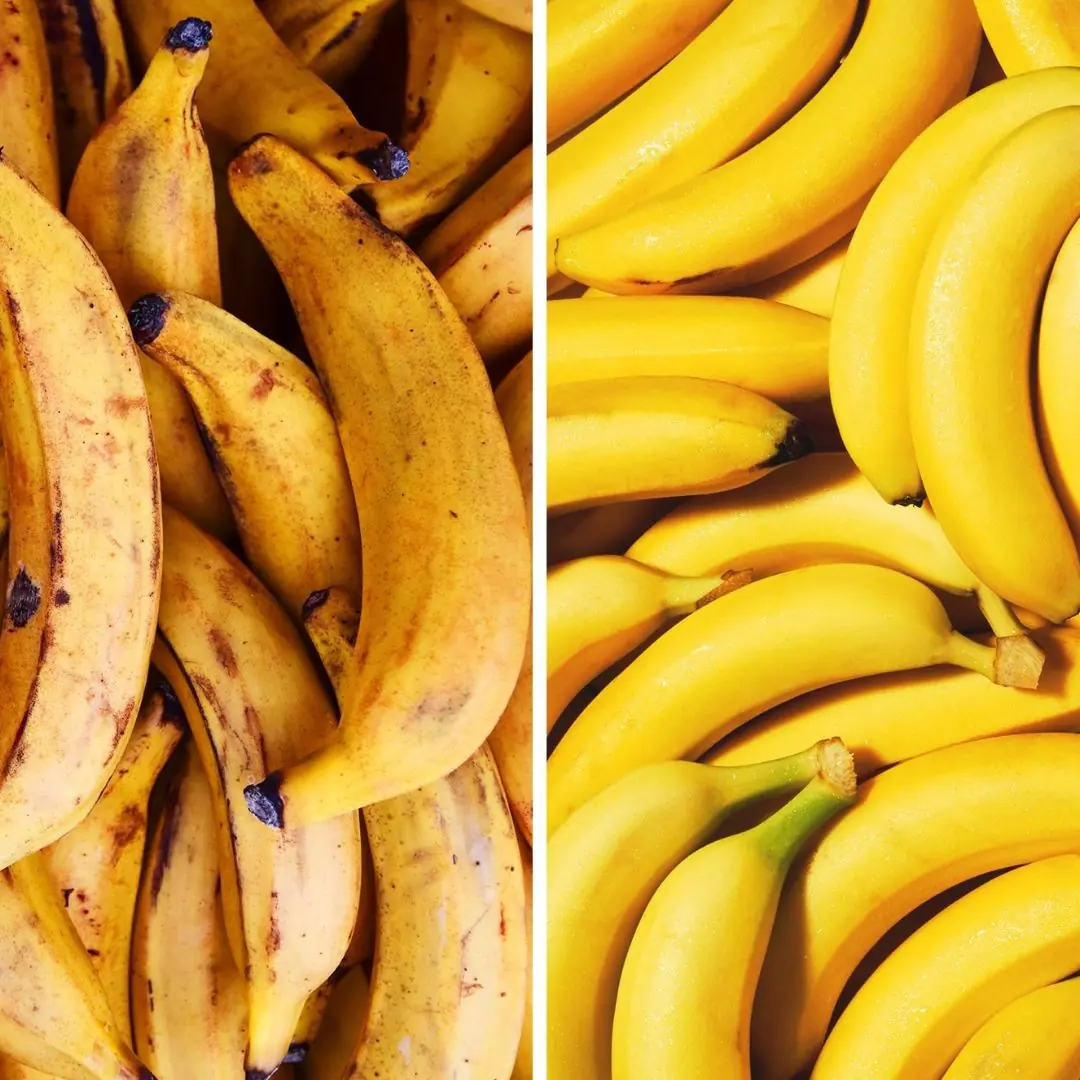
Doctors reveal that consuming bananas at 11 pm causes in...

High blo:od pressure, high cholesterol: please avoid these 3 things every morning
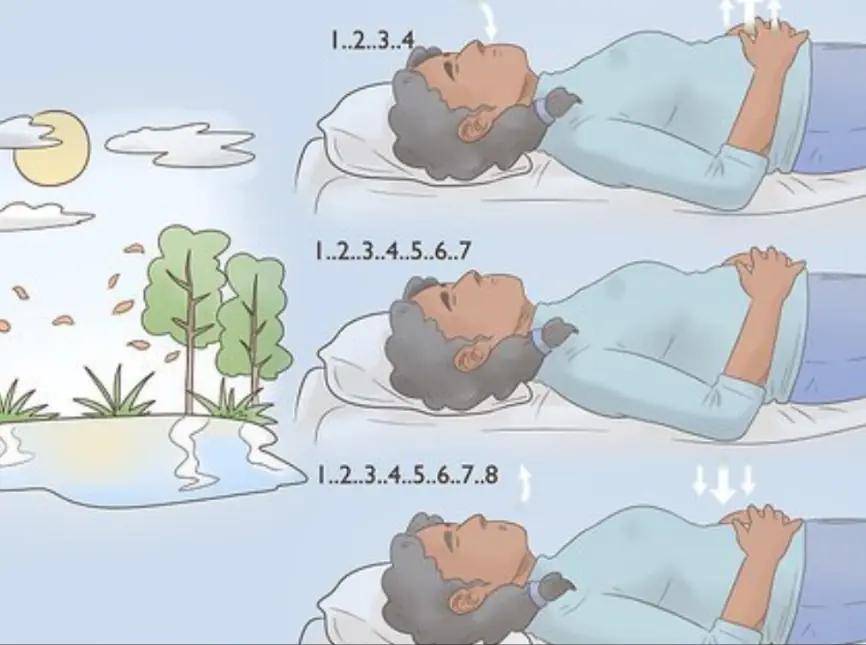
The Mil.itary Sleep Method: How to Fall Asleep in Less Than Two Minutes

Garlic Lemon Butter Scallops

Orange Peels: A Hidden Powerhouse You Never Knew About
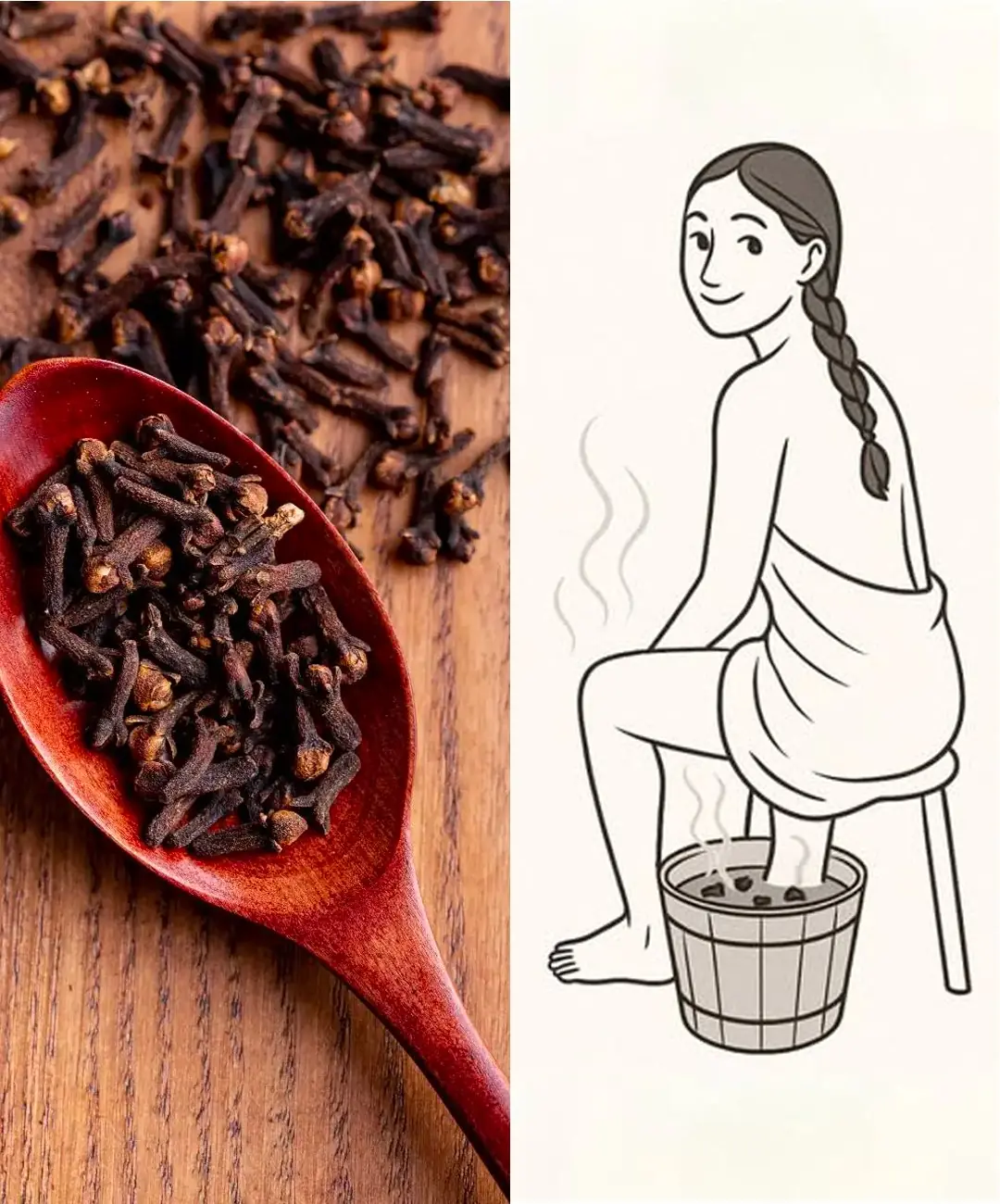
7 Handy Tips Every Woman Should Know About Cloves

Teeth Grinding While Sleeping - A Normal Habit or a Warning Sign of an Underlying Health Issue?

Studies show that children born to parents with this blo.od type tend to have higher IQs than others

Recognizing High Blo.od Sugar: 7 Early Signs You Should Not Ignore

Your Body May Be Telling You Your Arteries Are Clogged — 10 Signs to Know
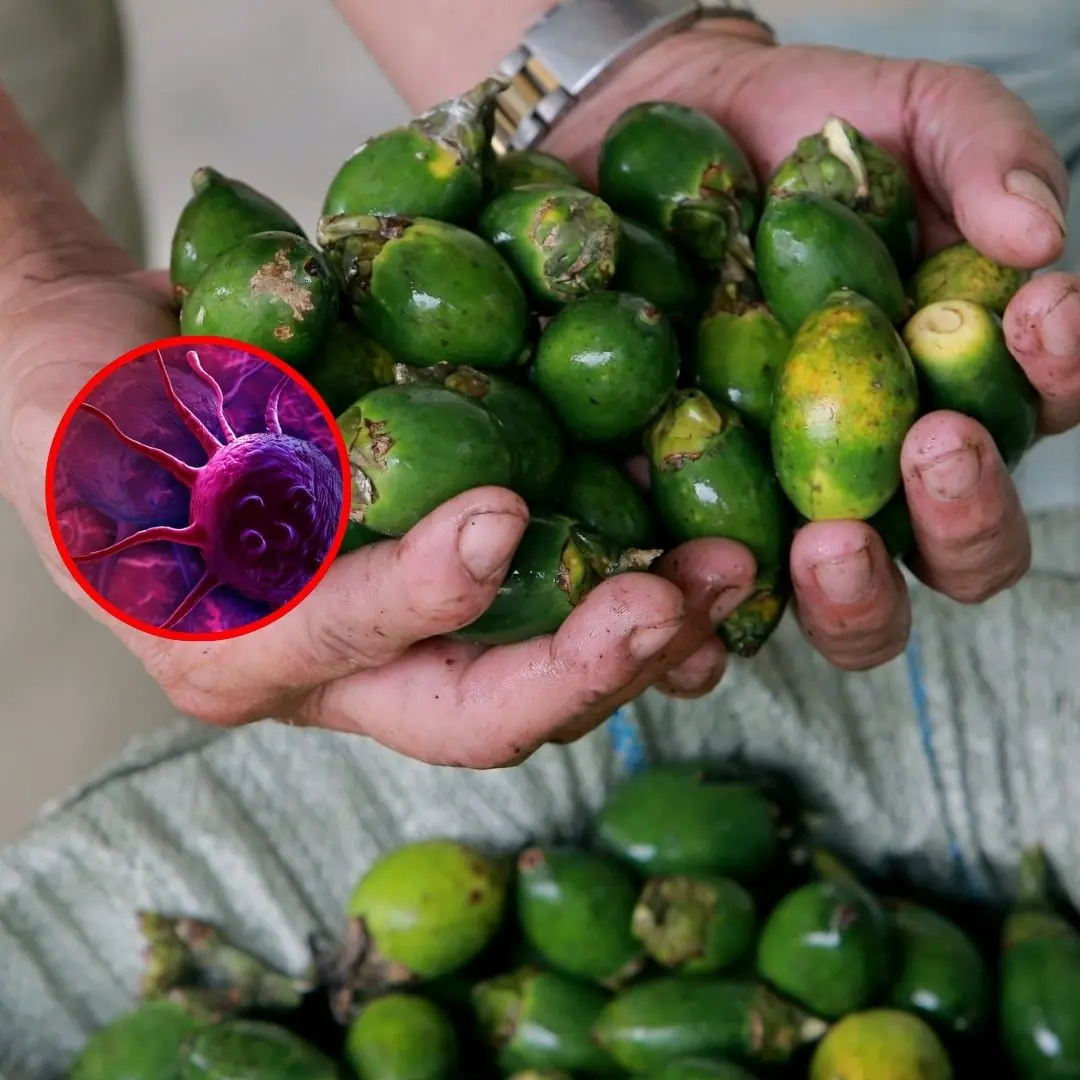
4 fruits that "feed" can.cer cells avoid them at all costs, no matter how cheap they are

5 nighttime symptoms while sleeping that could indicate can.cer

42-year-old man suffers sudden stro.ke despite not smo.king or drin.king: Doctor says it was caused by “three habits”

A mother and her two sons all develop lu.ng can.cer even though no one in the family smokes — The unexpected cause

4 Evening Symptoms That May Signal Liver Failure

Symptoms of chronic bronchitis and treatment

A Common Mistake Everyone Makes: It’s Not Leftovers — These 5 Foods Are the Real “Silent Kil.lers” Hiding in Your Kitchen!

Doctors Reveal the Cause: Ignoring His Constipation Symptoms Cost a 41-Year-Old Man His Life in Just One Month

A Small Spot on the Chest Seemed Harmless… but Doctors Say It’s a ‘Silent Killer’ Hiding in the Lungs
News Post

Pink Cream & Jelly Mochi

Strawberry Milkshake with Whipped Cream

Mini Caramel Apple Pies

Avocado Egg Salad Bowl

Strawberry Ricotta Toast

Thai Gaeng Som with Shrimp & Cha-Om Omelette

I Found Old Letters in Our Attic—And They Were Addressed to Me… from 10 Years Before I Was Born

The New Neighbor Called Me by My Childhood Nickname—But I’ve Never Met Him Before

Dad Snaps A Photo Of His Daughter In Front Of Giant Horse, Looks Closer And Can’t Stop Laughing

A Woman Found Out Her Husband Was Cheating

Elena remembered that she had forgotten her money, returned home, and saw something that made her unable to forgive her husband

How a Vintage Suitcase Taught My Son About Respect and Humility
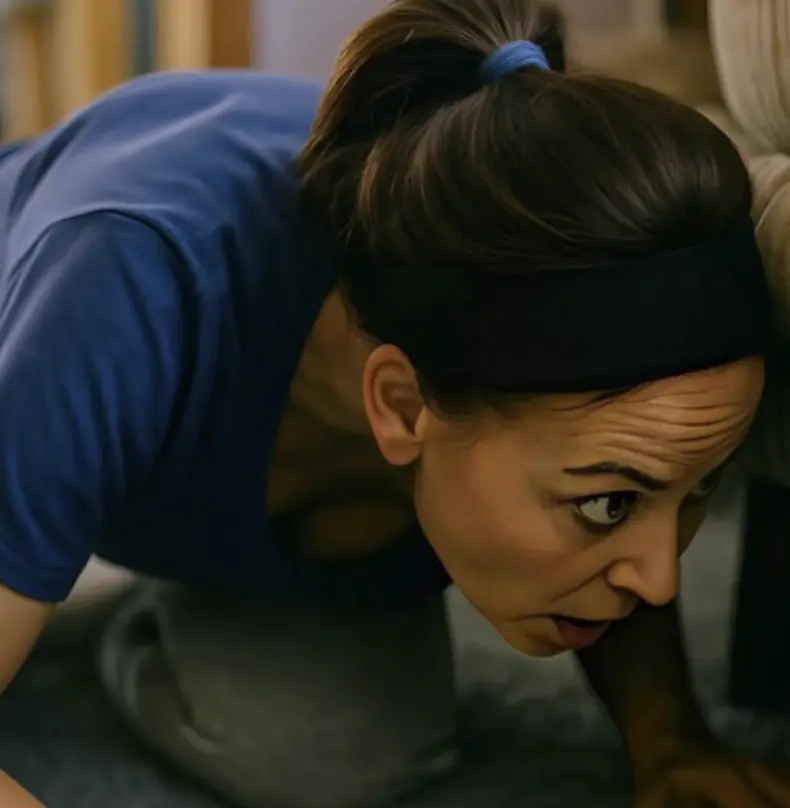
A Hidden Note Reveals the Truth After Our Daughter’s Tragic Passing

How a Loyal Dog Unveiled a Deadly Conspiracy in a Texas Death Row Case
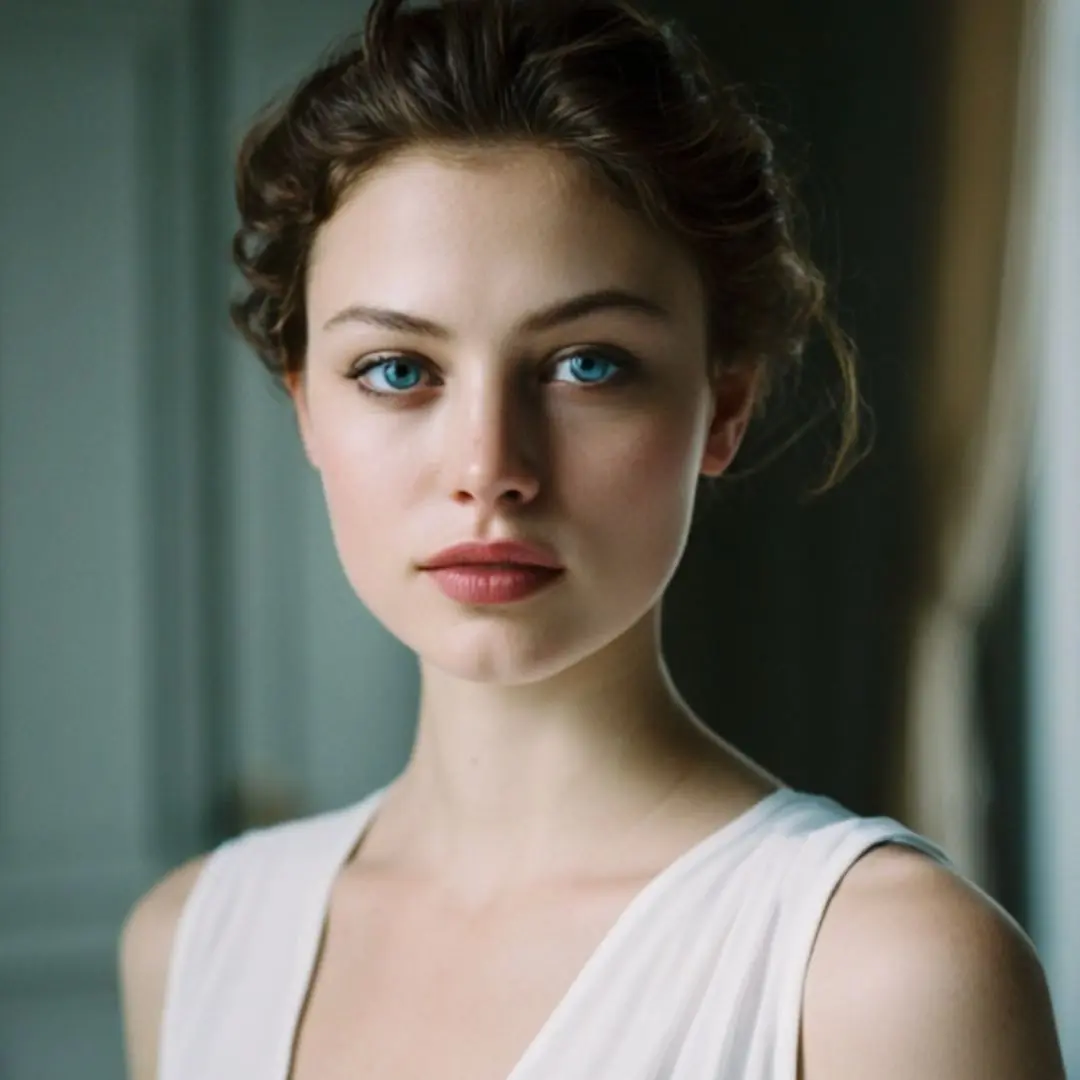
“What time are you meeting your mistress today?” the wife asked her husband

My husband secretly went on a 15-day trip with his “best friend.” When he returned, I asked him a single question that paralyzed him

At Her Son’s Wedding, the Maid Was Humiliated — Until the Bride’s Father Spoke the Truth…

I hid the truth about my business and income from my fiancé and his family, and at a family dinner they found out the truth

Creamy Smothered Chicken with Spinach, Potatoes, and Mushrooms
